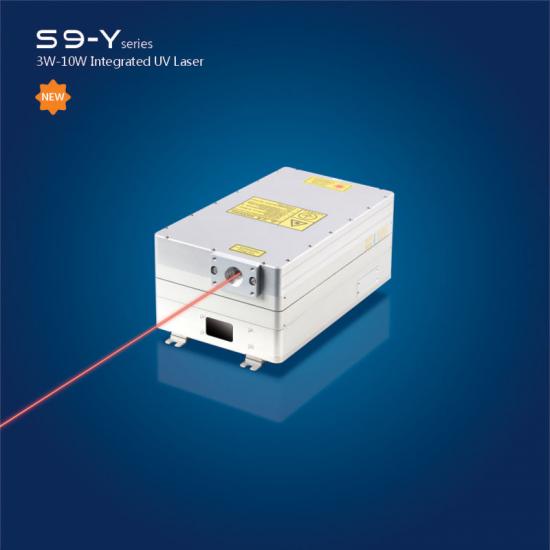Latest Blog
Application of RFH 355nm UV Nanosecond Laser in Copper Surface Marking
Jul 22 , 2022Application of RFH 355nm UV Nanosecond Laser in Copper Surface Marking
As we all know, copper, aluminum and other metal materials have very high reflectivity to light, and they also have excellent thermal conductivity, so laser marking on their surface is a very difficult processing link, so in the selection of lasers especially important. Next, let's talk about the application of RFH 355nm UV nanosecond solid-state laser to overcome the high reflectivity of materials and perform high-quality laser marking on metal copper surfaces.
Laser marking, as a non-contact marking method, has the advantages of automatic operation, no consumables, no pollution, and permanent marking. code, etc., the marking effect is clear, not fading, not falling off.
Copper metal is an important material in traditional industries. The copper film formed by surface oxidation is purple. Widely used in cables, brushes, integrated circuits, air-conditioning connecting pipes, radiators and other products, it has deeply penetrated into all aspects of production and life.

uv laser | green laser | Ultraviolet lasers | uv dpss laser | nanosecond laser | UV laser source | Solid State Lasers
Since copper is a highly reflective material, it can reflect more than 95% of near-infrared radiation (about 1 micron wavelength) in the solid state. Such a high reflectivity increases the difficulty of applications such as laser marking and etching, not only for laser marking There is more energy loss, it is not easy to reach the target mark depth, and the reflected beam can also damage the optics. Copper has a higher absorption rate for UV to green lasers, and the RFH 355nm UV nanosecond solid-state laser can match the needs of copper laser marking.
Its beam quality is excellent (M2<1.2), the diameter of the light spot after focusing by the optical component is small, the marking effect is more delicate and clear, the pattern or text is smooth, and the touch feeling is very good. Moreover, its pulse width is very narrow, about 20ns. Such a small pulse width makes the heat transfer over before the high-energy-density laser irradiates the copper surface, and the heat-affected zone is very small. For the copper material with transfer performance, the heat is not easy to diffuse to the surrounding area of processing, and the processing effect is good. Its high repetition frequency, from single pulse to 500KHz, can achieve higher processing efficiency, and obtain marks of different depths through focal length setting to meet the needs of different scenarios.